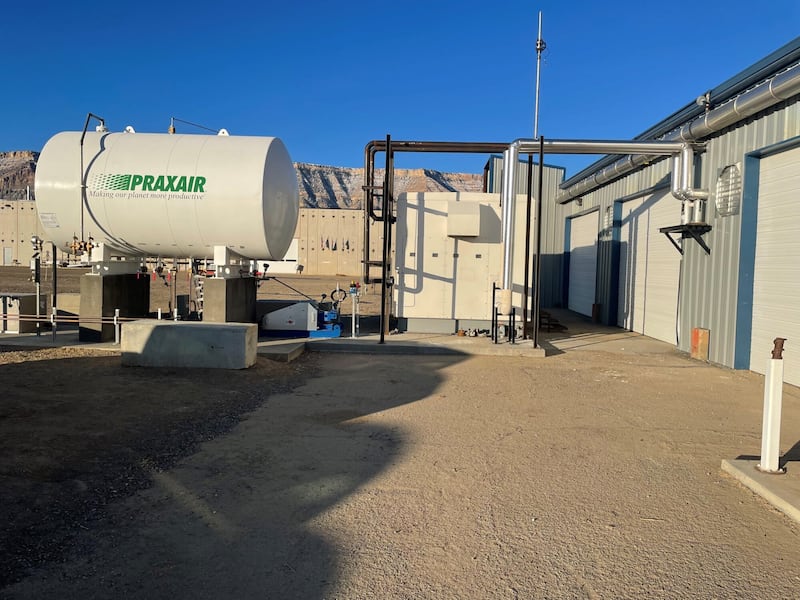Salt Lake City — The Utah San Rafael Energy Lab (USREL), located in Orangeville, Utah, recently smashed a national record with a 3,000% increase in the runtime of cutting-edge energy technology. Using a new supercritical CO2 Brayton Power Cycle, USREL achieved an astounding runtime of 400 hours, 250 of which were continuous–a major improvement over the 8-hour runtime of similar pilot projects.

The Brayton Cycle, a revolutionary alternative to the traditional Rankine Cycle, is a game changer in the energy sector. It boasts an efficiency rate of up to 45%, uses less water, allows plants to have a smaller land footprint, can be coupled with other technologies for reduced or zero emissions and can run on several different energy resources, everything from biofuels to natural gas. This energy power cycle has the potential to significantly improve the efficiency and environmental impacts of power generation.
Although promising, the technology still needs to be tested long term in order to be commercially viable. And this is what makes the “Testing- and Model-Based Optimization of Coal-fired Primary Heater Design for Indirect Supercritical CO2 Power Cycles” record-breaking USREL project so critical. Not only did USREL best similar research projects from the likes of Sandia National Laboratories, Southwest Research Institute, and Notre Dame Turbomachinery Lab, with its much longer runtime, but it also used coal, a solid fuel, which added difficulties in the design and control of the equipment. Additionally, USREL’s project ran within the upper safety limits of temperature (600 degrees), pressure (3,000 psi), and firing rate (1.6 MW). The extended run time of the USREL project and its ability to successfully operate at the upper limits of safety regulations are powerful indicators of the Brayton Cycle’s commercial potential.
Andrew Fry, Associate Professor of Chemical Engineering at BYU and principal investigator, emphasized the collaborative nature of the project, saying, “This is exciting technology, which has the potential to transform thermal power generation and energy storage. We have a great team, including Echogen Power Systems, Reaction Engineering International and Riley Power, who are excited to continue this work at USREL and be on the leading edge of its commercialization.”
USREL is preparing for Phase II of the project, which will see the pilot run for even longer and do so while connected to the electrical grid. Acting Director of the Utah Office of Energy Development (OED), Dusty Monks, said, “OED is incredibly proud of the groundbreaking work being conducted at the lab. This innovative power cycle has the potential to boost the efficiency of numerous energy sources significantly. Of particular importance, it offers a transformative solution for coal, enabling this traditional baseload resource to operate with greater cleanliness and efficiency. And that’s something we can all support.”
About the San Rafael State Energy Lab
In 2023, management of the San Rafael State Energy Lab was transferred to the Utah Office of Energy Development (H.B. 410). The lab fosters innovation and supports technological developments in the energy sector through collaboration with industry leaders, researchers, entrepreneurs, investors, and other stakeholders.
About OED
OED is the state’s primary office responsible for energy and mineral development. The office is charged with developing and implementing energy policy and resources, creating energy-related educational and workforce development programs, and promoting energy efficiency and infrastructure.
Media contacts:
OED Public Information Officer Tracy M Rees at 385-775-9253
